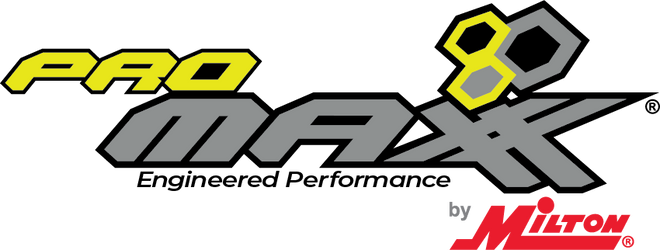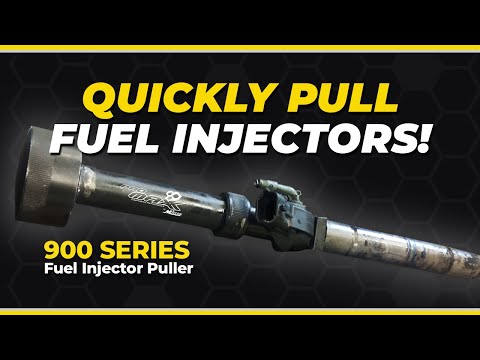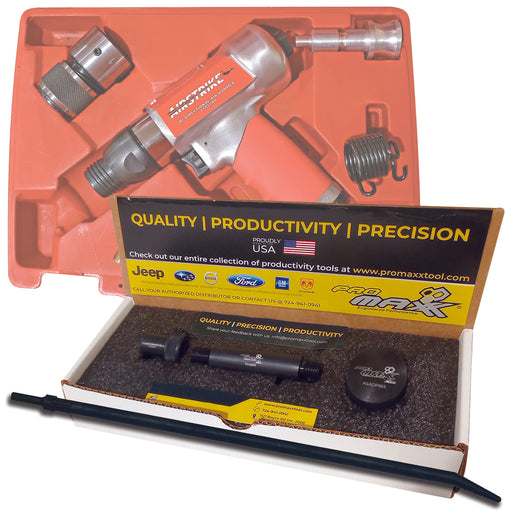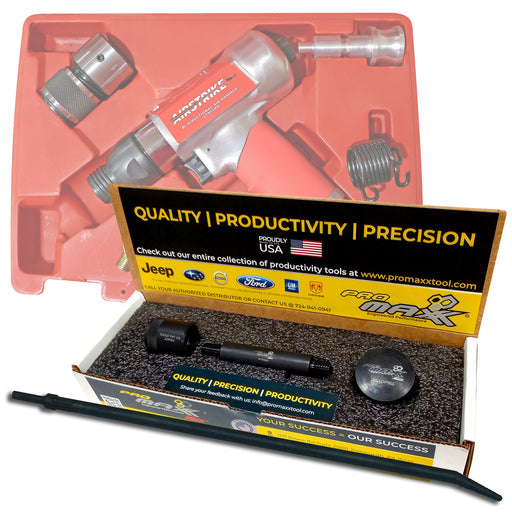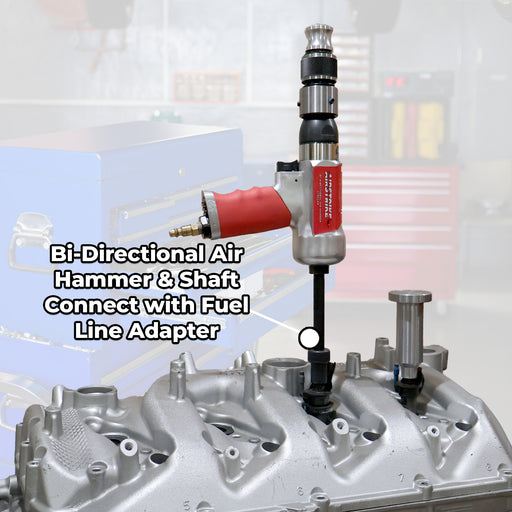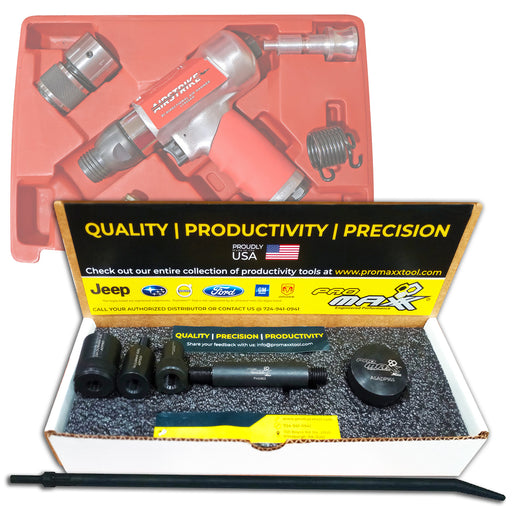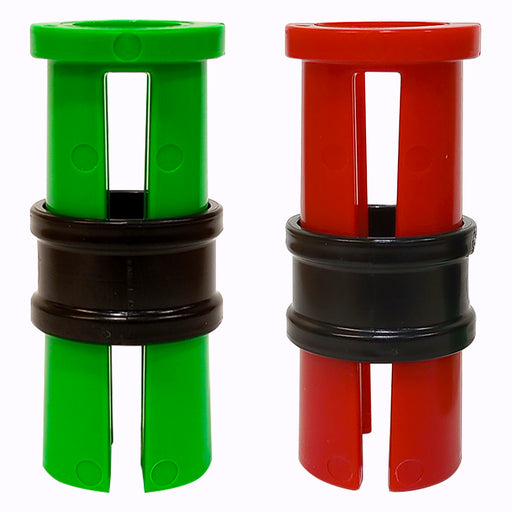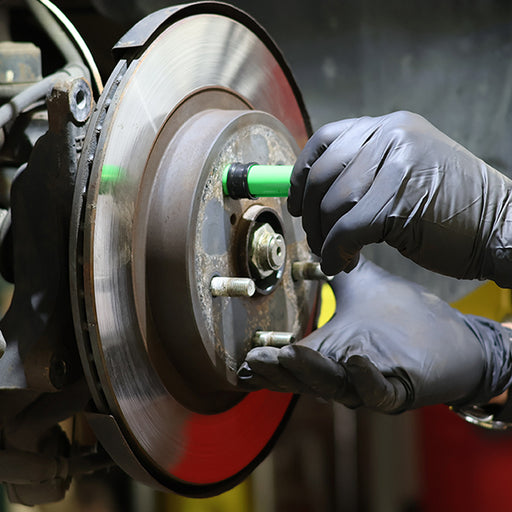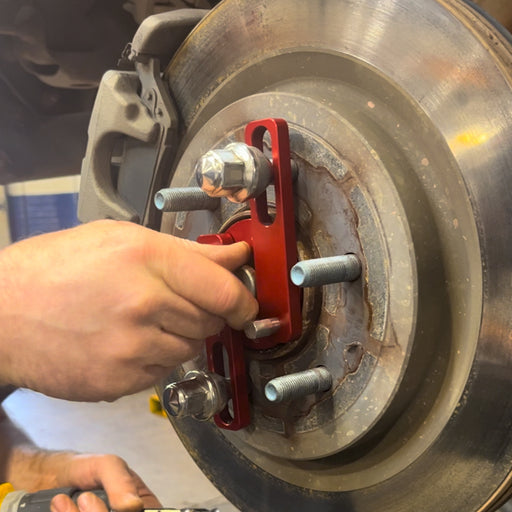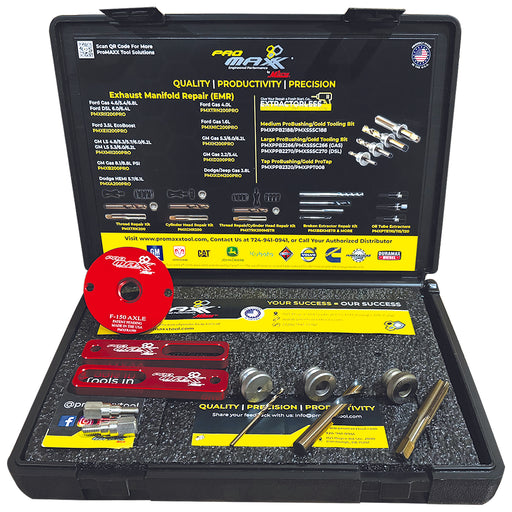Different Types Of Taps & When To Use Them: Taper, Plug, Bottoming Tap, Spiral And Straight Flute Taps

If you’ve worked on a car repair at home or in any automotive, industrial or fabricator shop before you may know a tap is a common yet overlooked hand tool. Machining technologies have advanced and common taps have become more specific in use and in care. Learn about taps in their basic and complex forms and how they are used below.
TAP GRADES – LAYMEN TERMSFirst, breaking taps into three different layman type grades is essential to make sure you have the right tool for the right job. Machine grade, the best, most accurate and sharpest of the bunch, is the number one choice for any repair that calls for precision, quality, and productivity. Machine grade taps also demand a higher purchase price as they are cut and machined to precision tolerances that allow the tap to cut to a predetermined depth of thread. Loose fasteners will lose their holding strength, but a fastener that fit too tightly will fail to engage properly. Machine grade taps are also capable of high machine speeds in CNC lathes and milling machines. They are used to cut many holes consecutively and at higher feed rates. In fact, holes per minute can last much longer holding an edge for continued use and repeatability.
Medium grade taps are often found in jobber warehouse-type stores and are of generally a good quality multi-purpose use. Best used in hand applications and where tap life and precision are not as important as availability and cost.
Quality entry-level grade taps are usually found in hardware stores and are best used for hand applications. However, they have a limited life and are less tolerant of the misalignment of the tap with the bore.
TAP USEA tap is used to make (cut) new threads or clean out (chase) existing threads in a screw mechanism. Though this tool is most commonly used by machinists and engineers, automotive technicians may also have a tapping set in their toolbox. There are dozens of situations where having a solid knowledge and appreciation for the science behind tapping threads into a piece of machinery can prevent hours of troublesome work and hundreds of dollars in replacement parts.
Here is what you need to know about hand taps before using them:
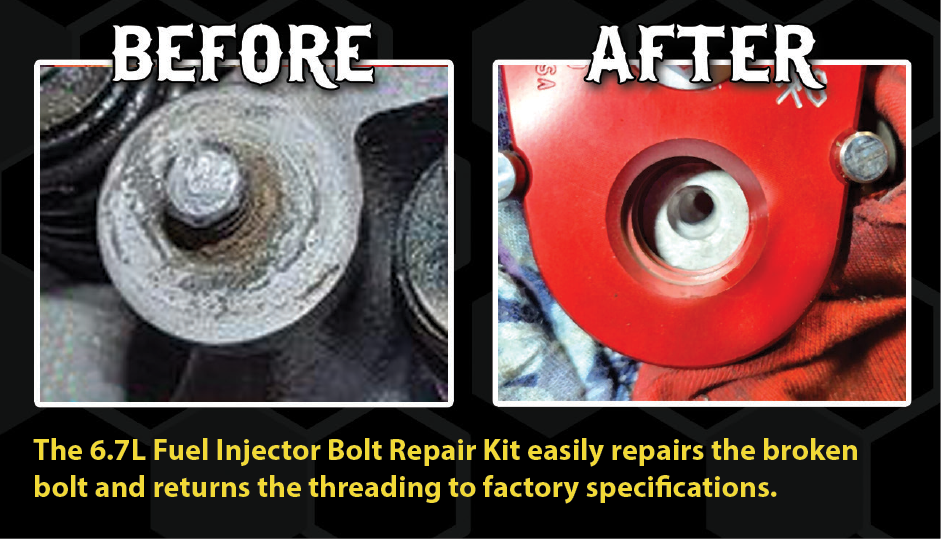 TYPES OF TAPS
TYPES OF TAPS
So what are the types of taps? There are 3 main taps you should be familiar with and they are: Taper, Plug, and Bottoming tap.
The taper tap can be identified by the visible and pronounced tapering of the cutting edges. This provides a very gradual and less aggressive cutting action. The distinct feature of a taper tap is the 8 to 10 threads that taper from the tip to the full cutting force diameter. A taper tap is most often used as a starter tap for difficult blind holes. The gentle taper of the cutting edge is the most forgiving when tapping by hand and allows for a straight hole to be cut in especially hard materials.
A taper tap is rarely the final tap used before completing a project however, as the taper leaves incomplete threads cut at the bottom of a blind hole.
A plug tap has a less pronounced taper to the cutting edges. This gives the plug tap a gradual cutting action that is less aggressive than that of the bottoming tap but more aggressive than a taper tap. Typically, the plug tap will have 3 to 5 tapered threads before the full cutting diameter is engaged.
Plug taps are great when used with through-holes, as they are almost as easy as taper taps to start, but also offer a more complete set of threads.
The third style is a bottoming tap. Bottoming taps have 1 to 2 tapered cutting edges before the full cutting force is engaged. Though this tap is extremely hard to start threads with, it is capable of cutting threads all of the way to the bottom of a blind hole. Bottoming taps are best used after a taper or plug tap has been used to cut the initial thread.
At ProMAXX Tool, our thread repair and ProKit Plus tools all come with machine-grade bottoming taps. We are able to provide this right off the start of tapping because the ProMAXX ProKits allow for the guide bushing to keep perfect alignment of the tap during the entire repair.
SPIRAL VS STRAIGHT FLUTE TAPSSpiral flute taps can be a great tool for cutting through softer metals and metals that do not chip (such as cast iron). The spiral flutes work just like that of a traditional drill bit, promoting the evacuation of cut material from the hole. The downside of spiral flute taps is their strength. Being that deep flutes are cut into the tap, the cross-section of the cutting web is not as thick as that of a straight flute tap.
Straight flute taps are a robust cutting tool with flutes that run straight down the shaft of the tap. The larger cross-section of the cutting edge makes the straight flute tap a great solution for cutting threads into hardened metals. When cutting or cleaning threads in a blind hole, the technician needs to be patient while using this tool, let the cutting edge do the work and continually back the tap out and blow air into the hole to evacuate the removed material. A buildup of chips below the straight flute tap will lead to breakage and less clean-cut threads.
Choosing the right tap always depends on the type of hole you are trying to cut or clean, as well as the type of material you are tapping. If you are using a guide plate and guide bushing like that of a ProMAXX ProKit, we recommend using the aggressive and complete cutting action of the bottoming tap. If you are tapping freehand, you will want to start with a taper tap then work your way up to the complete cutting action of the bottoming tap.
At ProMAXX Tool, we work with automotive technicians every day, providing them with the tools and the knowledge necessary to bring the science and precision of a machine shop to the repair bay at their shop. If you have any questions about using taps in an automotive application, give ProMAXX Tool’s repair consultants a call 24/7 @ 724-941-0941.
SEE HOW A TECH REMOVES A BROKEN TAP FROM A BUSTED EXHAUST MANIFOLD BOLT
CHECK OUT THESE TAP PRODUCTS FROM PROMAXX TOOL

NEW AT PROMAXX
-
Fuel Injector Puller Ford 6.7L Power Stroke Air Hammer Powered PMXPWP900
Part#: PMXPWP900BPROOriginal price $89.95 - Original price $549.95Original price$89.95 - $549.95$89.95 - $549.95Current price $89.95Original price $89.95 - Original price $549.95Original price$89.95 - $549.95$89.95 - $549.95Current price $89.95 -
Fuel Injector Puller Dodge, Ram, Jeep, Fiat 3.0L V-6 EcoDiesel Air Hammer Powered PMXPWP910
Part#: PMXPWP910PROOriginal price $89.95 - Original price $549.95Original price$89.95 - $549.95$89.95 - $549.95Current price $89.95Original price $89.95 - Original price $549.95Original price$89.95 - $549.95$89.95 - $549.95Current price $89.95 -
Fuel Injector Puller Combo Power Stroke, Duramax Air Hammer Powered PMXPWP955
Part#: PMXPWP955PROOriginal price $89.95 - Original price $699.95Original price$89.95 - $699.95$89.95 - $699.95Current price $89.95Original price $89.95 - Original price $699.95Original price$89.95 - $699.95$89.95 - $699.95Current price $89.95 -
Hold-A-Rotor and Secure Disc Brake Rotors in Place on 12mm & 14mm Studded Hubs - STC71000
Part#: STC71000Original price $19.99 - Original price $19.99Original price$19.99$19.99 - $19.99Current price $19.99Original price $19.99 - Original price $19.99Original price$19.99$19.99 - $19.99Current price $19.99 -
SAVE: 13%
Ford F-150 Rear Axle Repair Kit For 2021–2023 Trucks w/ Trailer Tow Max Duty Package & 9.75-inch Heavy-Duty Axle
Part#: PMXFRA500PROOriginal price $399.95Original price $399.95 - Original price $399.95Original price $399.95Current price $349.95$349.95 - $349.95Current price $349.95Original price $399.95Original price $399.95 - Original price $399.95Original price $399.95Current price $349.95$349.95 - $349.95Current price $349.95SAVE: 13%

SHIPPING INFO
For Saturday delivery or special shipping instructions, please contact ProMAXX Tool M-F 8 a.m. – 5 p.m. EST at 724-941-0941. Expedited Orders Placed by 1pm EST will be Processed Same Day | UPS Ground Processing Time is 1-3 Business Days

WARRANTY INFO
Offering a range of policies

NEED HELP
Contact our support team today
724-941-0941

Promaxx Tool Address
1121 Boyce Road
Suite #2000
Pittsburgh, PA 15241
Any motor company logo on this site is a Registered Trademark. ProMAXX Tool is not affiliated with any of the motor companies on this site.
